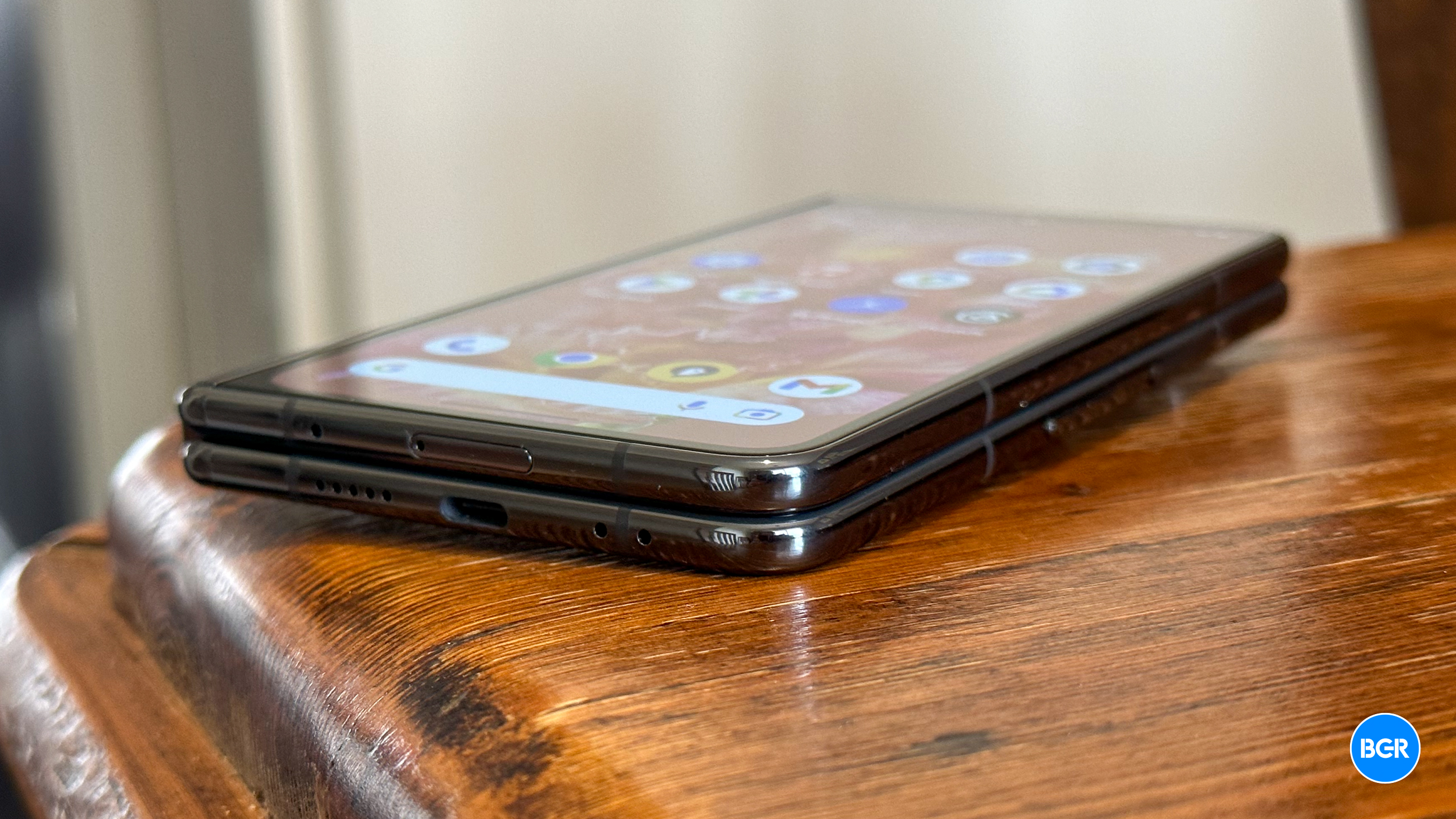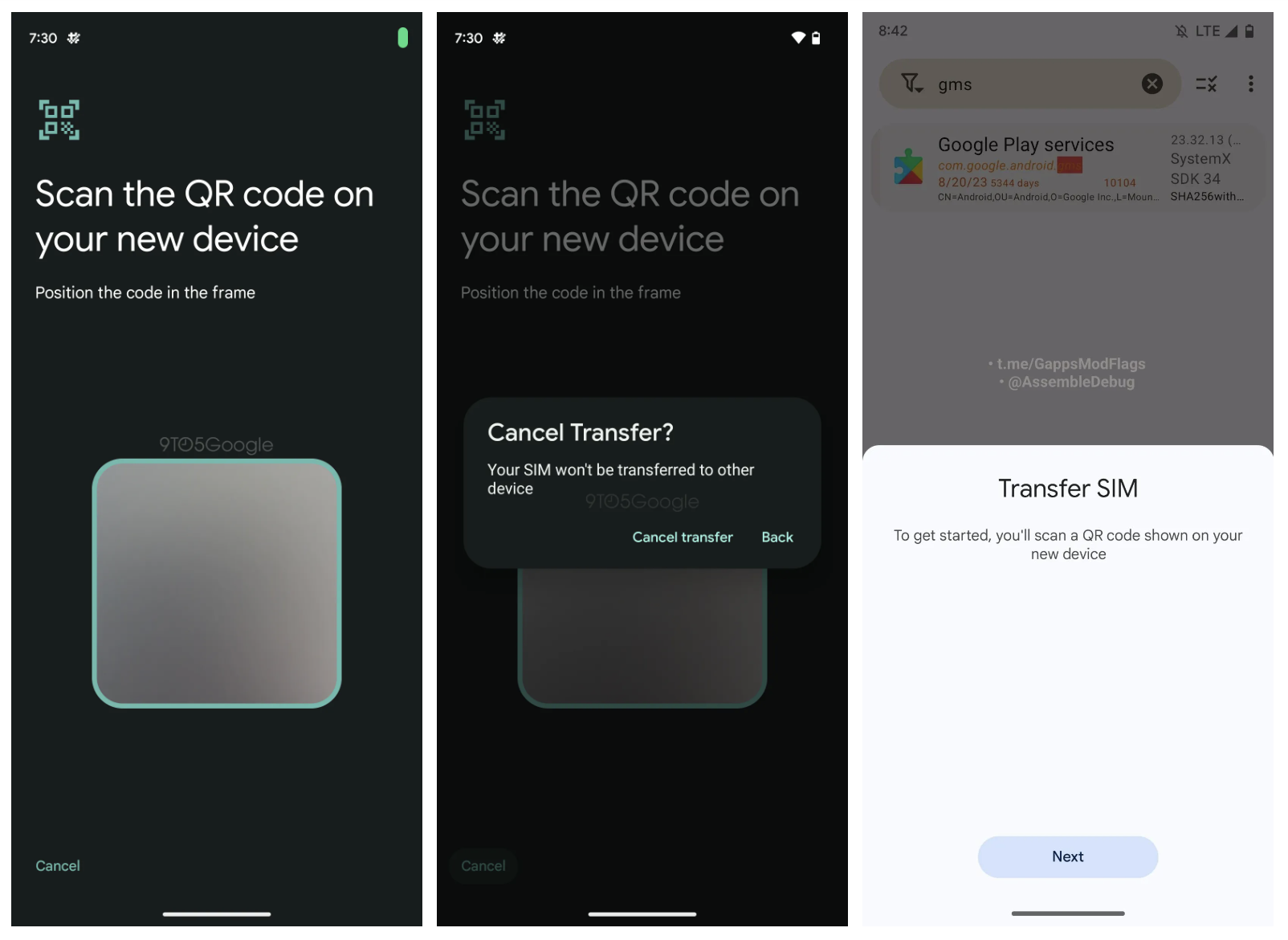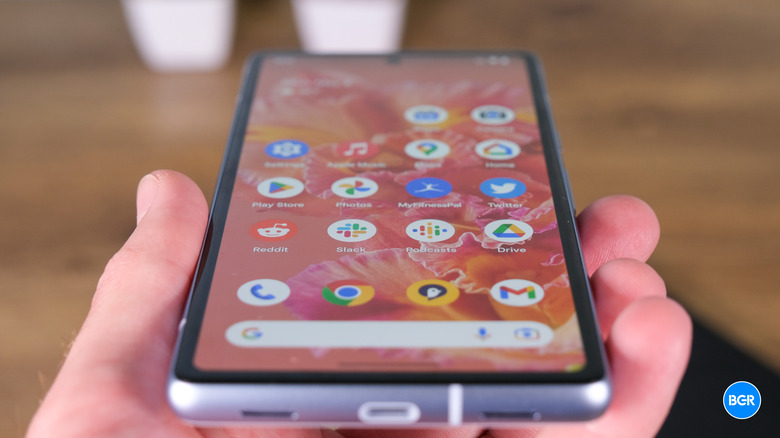Google Will Let You Transfer An eSIM Between Android Phones With A QR Code
QR codes are an interesting technology due to their wide range of use cases, and Google has just found another one.
Earlier this year, the company announced that it was working on an eSIM transfer tool for Android. The feature, which allows users to transfer their phone number and carrier plan between phones, has been missing from Android so far. While some phones allow you to register a new number through eSIM, transferring it between phones has been on the carriers, which has made the experience clunky due to, well, carriers.
It's not surprising that the feature has been long to make a debut. While Apple already supports this on the iPhone — and has even gone as far as removing the physical SIM tray from the iPhone 13 in some countries — Apple only has to worry about its own phones, so building support is an easier game as opposed to Android which needs to figure out how to support as many brands as possible. So, how is Android going to support eSIM transfer? It's all about the QR codes.

As reported by 9to5Google, the outlet has gotten its hands on the feature before its release, showing that, in order to transfer your eSIM to a new phone, the new phone will need to have a QR code available to scan. Thankfully, rather than needing phone brands to stick a QR code sticker on a box, it appears that the code will be prompted in software while setting up the new phone.
Hidden within Play Services, Google has started to lay the foundation for eSIM transfer on Android, which is based on QR codes. The process, pictured below, prompts users to scan a QR code to start the transfer process. Seeing as most of this functionality is not yet live, we were only able to access this beginning portion, with @AssembleDebug also having been able to uncover a Fast Pair-like UI that appears before scanning the QR code.

It's not surprising to see Google decide to use QR codes here. It's a popular technology that has many use cases, and you'd be hard-pressed to find a camera on any phone that doesn't support scanning a QR code. With it being so widely used and accepted, it does seem like the perfect solution for a company that has to build compatibility across many phone brands. Having it built into the software also allows the code to be even more unique than if it was a sticker, creating more security for users.
While the experience on iPhone is even smoother since there is no QR code necessary, I doubt this is going to be a sticking point for Android users. Anything is better than having to do this through the carriers, so I think Google has a win on its hands here.
Now, we just need support for transferring eSIM between iPhones and Android phones. Just kidding, that will happen when Apple starts supporting RCS which feels basically impossible at this point.
